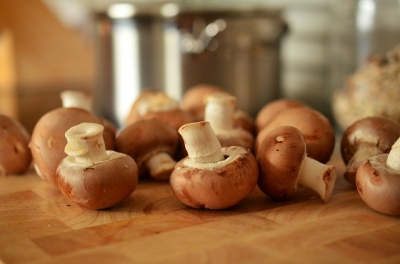Cultivating mushrooms produces a lot of waste. For every kilogram of mushrooms produced, about three kilograms of soil-like material containing straw, manure and peat is left behind. In the EU, this results in more than 3 billion kilograms of waste per year.
Managing this waste is a challenge. Although it is rich in organic matter, and therefore useful as compost, used mushroom substrate – the soil-like material – contains a lot of water, which makes it heavy and unprofitable to transport. Some of it is used as compost in agricultural land close by but the vast majority that remains ends up being stored temporarily then landfilled.
‘Every year we have more and more waste,’ said Pablo Martinez, project manager at the Mushroom Technological Research Center of La Rioja in Spain. ‘So, we need larger and larger areas just to manage this waste.’
More mushroom waste could soon be given a second life though thanks to new innovations. Dr Bart van der Burg, Director of Innovation at BioDetection Systems in Amsterdam, the Netherlands, and his team are interested in discarded mushroom parts, such as stems, and deformed mushrooms, which are part of the cultivation leftovers. They are aiming to extract components such as proteins, carbohydrates, fats and chitin – a fibrous substance – from them as part of the Funguschain project. Their goal is to incorporate these extracts into new products such as novel foods, cosmetics and bioplastics. ‘I think we will end up with at least three products coming out of this project,’ said Dr van der Burg.
Read the complete article here!
This article was originally published in Horizon, the EU Research and Innovation magazine and written by Sandrine Ceurstemont.






















